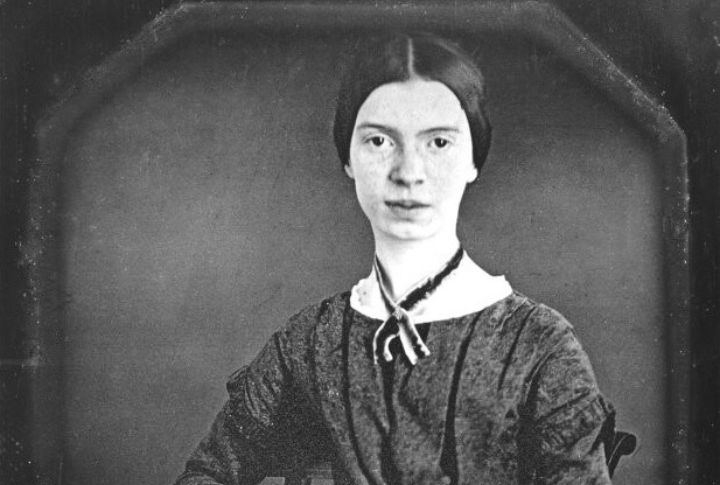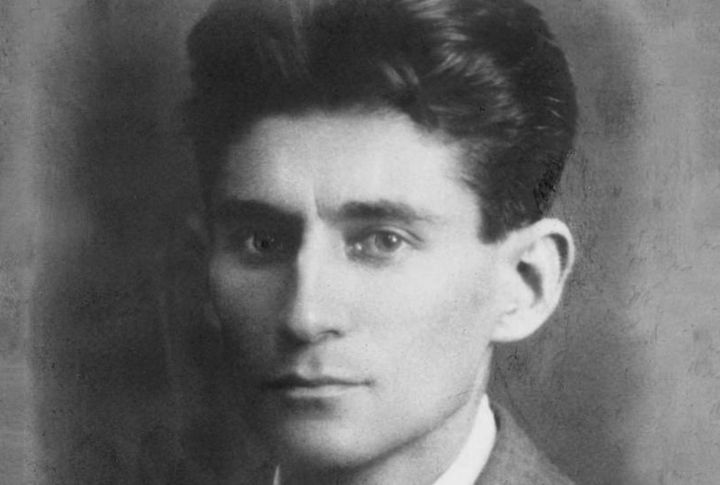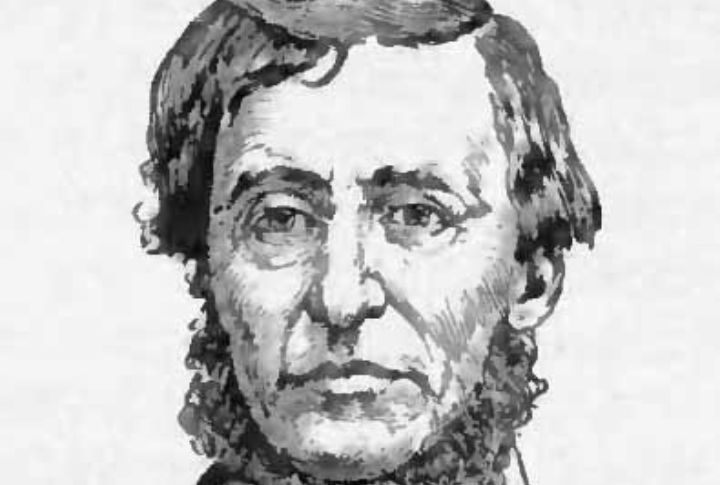
Throughout history, there have been individuals whose talents and contributions were not fully appreciated during their lifetimes, only to achieve legendary status after their deaths. These posthumous legends, whether artists, writers, scientists, or musicians, left a lasting impact on their respective fields and continue to inspire and captivate audiences worldwide. Let’s talk about these 15 legends.
Vincent van Gogh

Despite facing mental health issues and financial struggles, van Gogh created beauty. His post-impressionist paintings are now celebrated for their bold colors and emotional deepness. Works like “Starry Night” and “Sunflowers” have become iconic symbols of artistic expression.
Emily Dickinson

Dickinson’s poems, characterized by their unconventional punctuation and profound themes, were mostly unpublished during her lifetime. Her sister discovered hundreds of poems when she was gone, leading to her posthumous recognition as one of America’s greatest poets.
Franz Kafka

Often exploring ideas of alienation and existential dread, Kafka’s works were released posthumously by his friend Max Brod against Kafka’s wishes. His novels, including “The Trial” and “The Metamorphosis,” gained acclaim for their unique narrative styles and philosophical depth.
Johann Sebastian Bach

Some of Bach’s compositions were masterpieces such as “Brandenburg Concertos” and “Well-Tempered Clavier,” but they were underappreciated during his lifetime. However, his intricate harmonies and innovative use of counterpoint have since earned him a place as one of the greatest composers in history.
Edgar Allan Poe

Poe’s tales of mystery and macabre, including “The Tell-Tale Heart” and “The Raven,” were not widely recognized during his lifetime. His analysis of the human psyche and the supernatural laid the foundation for the modern horror genre, making him a legend.
Mozart

Despite composing over 600 pieces in his short lifetime, Mozart struggled financially and died in poverty. His operas, symphonies, and concertos were not fully appreciated during his time but are now celebrated for their complexity and emotional depth.
Anne Frank

While hiding from the Nazis during World War II, Frank’s diary was written. Her father published it after her death. The diary, which offers a poignant and intimate glimpse into the life of a young girl during the Holocaust, has since been translated into numerous languages and continues to resonate with readers worldwide.
Emily Brontë

The only novel by Brontë, “Wuthering Heights,” was first met with mixed reviews when it was published under the pseudonym Ellis Bell. However, the book’s exploration of passion, revenge, and the supernatural has since earned it a place as a classic of English literature.
Nick Drake

Characterized by its haunting melodies and introspective lyrics, Drake’s music did not achieve commercial success during his lifetime. Today, his albums, including “Five Leaves Left” and “Pink Moon,” have gained a cult following for their beauty and emotional depth.
Galileo Galilei

His support for the Copernican theory that the Earth revolves around the Sun led to his persecution by the Catholic Church. His contributions to astronomy, physics, and the scientific method have since been recognized as pivotal in advancing science.
Henry David Thoreau

“Walden,” a book by Thoreau chronicling his experiment in simple living in nature, was not widely read during his lifetime. But today, the book’s themes of self-reliance, individualism, and the beauty of nature have resonated with readers worldwide.
John Keats

Although John Keats was known for his poetry, characterized by its vivid imagery, sensual language, and exploration of beauty and mortality, he was not acknowledged during his lifetime. However, his poems, such as “Ode to a Nightingale” and “To Autumn,” are now considered some of the finest in English.
Stieg Larsson

Larsson’s “Millennium” series, which includes “The Girl with the Dragon Tattoo,” became international bestsellers after his death. The novels, which blend elements of crime fiction, mystery, and social commentary, have since been adapted into successful films and continue to captivate audiences worldwide.
Herman Melville

“Moby-Dick,” Melville’s epic novel about Captain Ahab’s obsessive quest for the white whale, was a commercial failure when first published. The novel’s digging into themes like obsession, fate, and the nature of evil has now earned it a place as one of the greatest works of American literature.
Vivian Maier

The American street photographer’s work was largely unknown during her lifetime, as she worked as a nanny and kept her photography hobby a secret. After her death, a box of her negatives was discovered, revealing a treasure trove of striking and poignant images of everyday life in mid-20th-century America. Maier’s photographs have since been exhibited in galleries worldwide and have garnered widespread acclaim for their beauty and insight.
